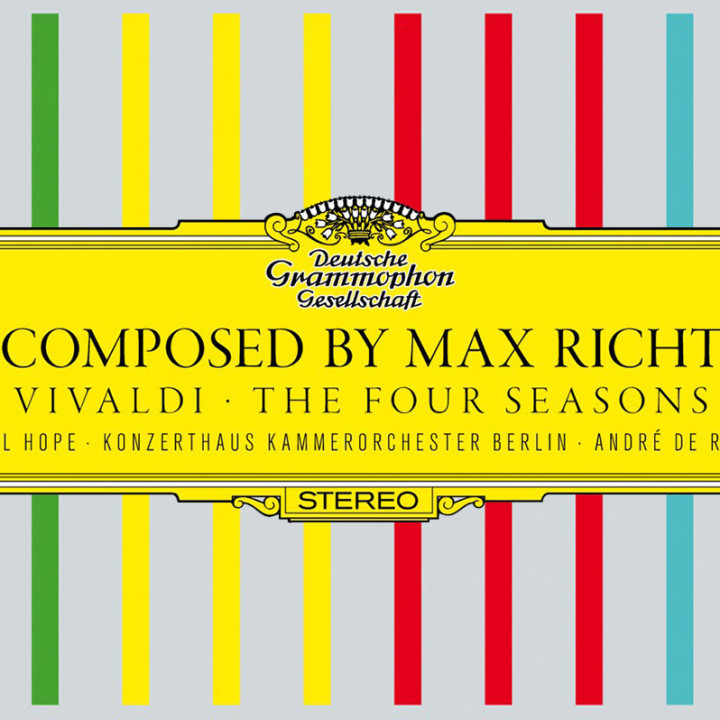
Autumn 1, which starts with a peasant dance to celebrate the harvest, the addition of additional beats makes our poor dancers stumble. Some movements don’t work as well as others. The movements are numbered 0-1-2-3 for Spring and 1-2-3 for the other movements.

Richter has mostly preserved the three-movement form of the original, but with changes. Little phrases are repeated and repeated until they take on new meaning. The solo violin seems to be giving us his thoughts of playing the solo even as he plays the solo part.

It’s still a violin concerto, but it’s as though we’ve dropped into a piece already in process. Vivaldi) – Spring 1 (Daniel Hope, violin Max Richter, keyboards Konzerthausorchester Berlin André de Ridder, cond.) His new Vivaldi combined the Baroque master’s work that we all know so well with his own post-minimalism to create a work that is both familiar and new. It was Richter’s breakaway from the previous manipulations of already recorded material that made his name in this series. Recordings include Music by Maurice Ravel and Modest Mussorgsky recomposed by the DJ and record producer Carl Craig and the percussionist and record producer Moritz von Oswald Matthew Herbert recomposing the 1987 recording of Mahler’s 10th Symphony later composers followed Richter’s example and wrote their own versions, such as Peter Gregson recomposing the Bach Cello Suites for cello ensemble. He was joining a series created by the German recording company Deutsche Grammophon which invited artists to use pre-existing recordings and remix and recompose the pieces. In 2014, though, Max Richter ‘recomposed’ Vivaldi to make us hear it in a different way.

Every once in a while, though, a performance has the ability to make us stop and open our ears again. For a while, you couldn’t move on American public radio without being assaulted by Vivaldi’s Four Seasons. We’ve said it before – some music you can just hear too much.


 0 kommentar(er)
0 kommentar(er)
